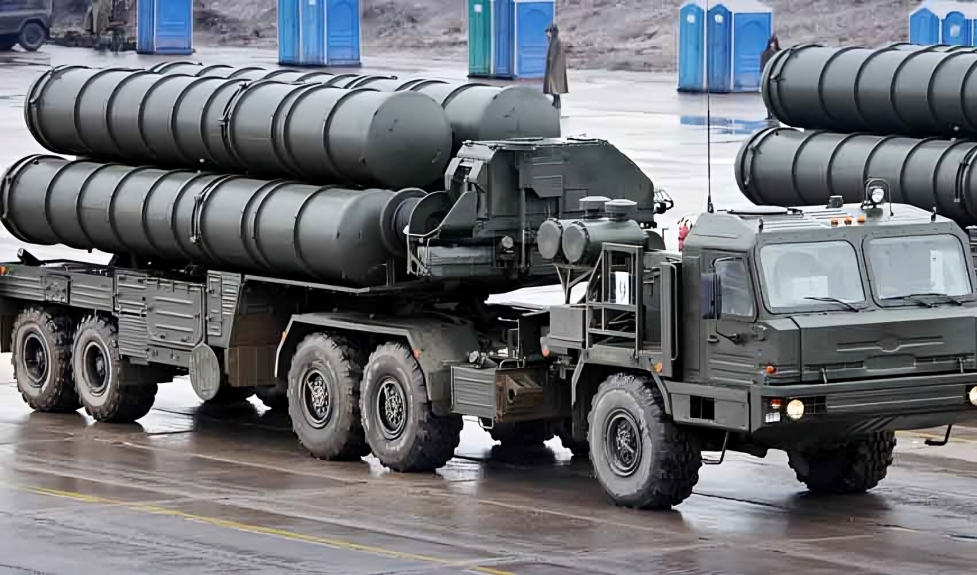India is poised to complete the long-awaited acquisition of the remaining two S-400 Triumf air defense regiments from Russia by August 2026. The delivery, part of a $5.4 billion contract signed in 2018 for five regiments, has been delayed by nearly two years due to logistical disruptions caused by the ongoing Russia-Ukraine conflict.
The S-400 system, considered among the most sophisticated surface-to-air missile defenses globally, can engage multiple aerial threats including ballistic missiles, fighter aircraft, and drones at ranges up to 400 kilometers. India has already inducted and deployed three S-400 regiments along its borders with China and Pakistan since 2021, reinforcing its layered air defense shield. These systems were positioned to counter historical vulnerabilities such as those encountered during the 1999 Kargil War, when India lacked effective high-altitude air defense.
Also Read: What is S-400 System, How Many India Has, and What It Can Do?
However, the system’s combat performance came under scrutiny during Operation Sindoor in May 2025, when Pakistan reportedly targeted and destroyed an S-400 unit deployed in Adampur, Punjab, using Chinese-supplied CM-400AKG hypersonic missiles. This marked the first known instance of a hypersonic strike against the S-400, highlighting the challenges traditional air defense systems face against next-generation threats.
The incident has sparked debate within strategic and defense circles about the efficacy of legacy systems in an evolving threat environment. Hypersonic weapons, known for their extreme speed (above Mach 5) and unpredictable flight paths, pose a significant challenge to most current missile defense platforms. Military experts believe that Pakistan’s increasing dependence on Chinese technology—including advanced missile systems and electronic warfare tools—is part of a broader regional power shift.
India’s S-400 deal was initially viewed as a game-changer in deterring both China and Pakistan. However, the changing nature of regional warfare, particularly the growing role of hypersonic and precision-guided munitions, has prompted calls for rapid modernization. China, an S-400 operator since 2014, is suspected of assisting Pakistan in developing tactics and countermeasures, including jamming techniques and new missile variants like the DF-17 hypersonic glide vehicle.
While India retains a qualitative edge in its air force—bolstered by Rafale fighters, Su-30MKIs, and homegrown air defense assets like the Akash system—the need to adapt to new threats has become more urgent. Pakistan’s pursuit of long-range PL-15 air-to-air missiles and China’s expanding aerial arsenal, including stealth jets like the J-20 and long-range bombers such as the H-6, add to the complexity of India’s security calculus.
In addition to inducting the final S-400 units, India is exploring advanced air defense measures, including directed energy weapons, counter-hypersonic systems, and upgraded early warning networks. The new regiments are expected to be deployed along the Line of Actual Control (LAC) with China, where airspace domination has become a strategic priority.
The forthcoming delivery of the final S-400 regiments marks a key milestone in India’s defense modernization. Yet, as air and missile threats evolve at a rapid pace, India faces the dual challenge of operationalizing its current assets while urgently developing capabilities to counter the next generation of warfare.













